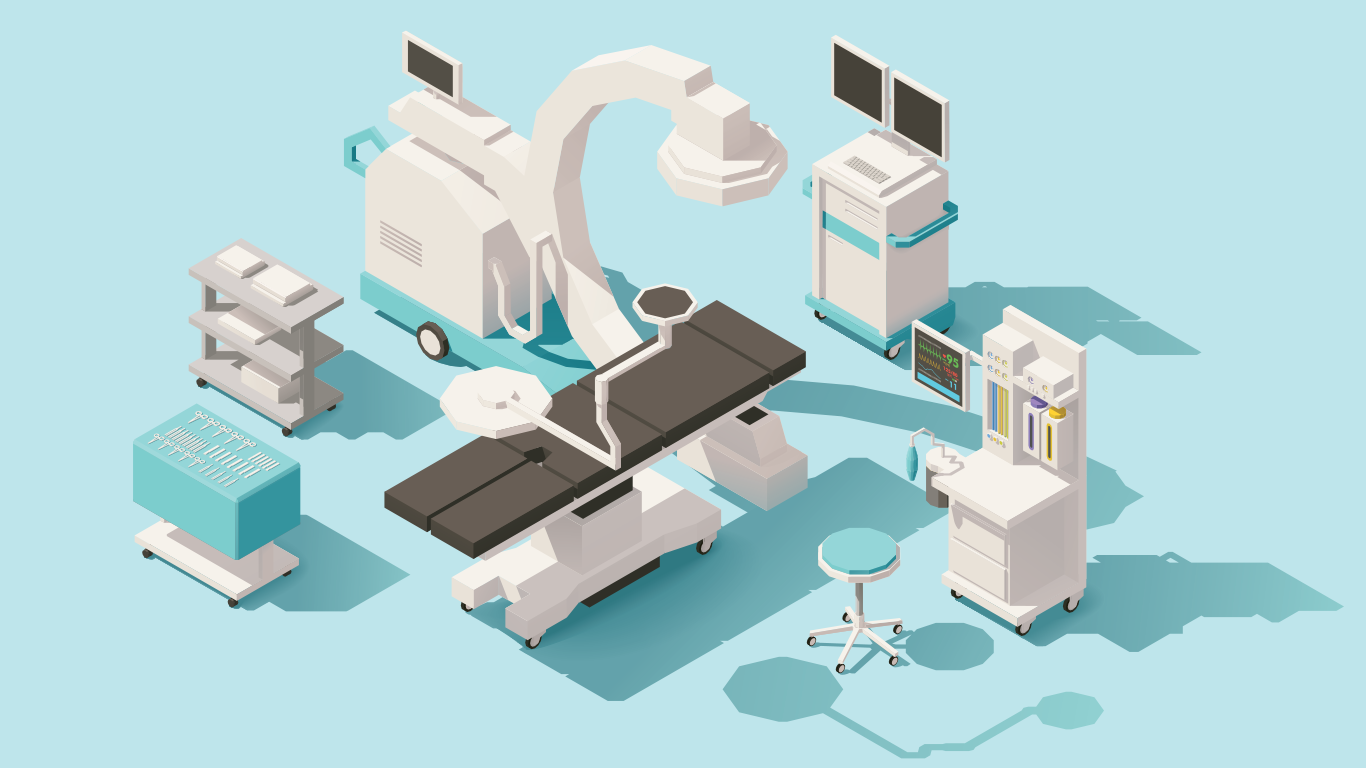

Safety in the context of biological evaluation of medical devices is not a new topic of discussion. The need to maintain safety while carrying out a design verification activity or biological evaluation, as part of risk management processes has been stressed upon for long.
Biological evaluation of medical devices, before they are brought in for clinical use, is crucial. However, many might wonder about the need for such an activity, that too for devices that have already had to pass a series of safety tests. The fact of the matter remains that despite having undergone multiple safety evaluations, devices that are medical in nature cannot be deemed absolutely harmless or completely safe, owing to a variety of factors. These factors include application risks, scarce knowledge relating to the interaction of biomedical materials and the human tissue, vagueness of assessment system, and inadequacy of the existing level of technology.
Source – https://www.ncbi.nlm.nih.gov/pubmed/17165574
IS/ISO/TR 15499 and what does it mean?
IS/ISO/TR 15499 refers to Guidance on the Conduct of Biological Evaluation within a Risk Management Process that discusses a wide variety of things in its framework, beginning with terms and definitions pertaining to the biocompatibility of medical devices catering the needs of the users of ISO 10993-1. It also extends to biological evaluation as a risk management practice, guidance on risk management including risk analysis, risk estimation, risk evaluation, risk control, evaluation of residual risk acceptability, and post-production monitoring as per ISO 14971.
This standard also offers guidance on specific aspects of biological evaluations covering the general categorization of devices with the help of a variety of methods and approaches. This is based on the following aspects: –
What does this standard aim to achieve?
The central idea behind the introduction of IS/ISO/TR 15499 is to protect people from different biological risks resulting from the use of medical devices. Compiled from several national and international standards and guidelines relating to the biological evaluation of medical devices, it serves as a guiding document for biological evaluation, as part of the general evaluation and development of each device.
The approach that is followed here combines the evaluation and review of existing data from all sources along with the selection and application of additional tests. This, in turn, enables full evaluation of biological responses to each medical device, necessary for its safe usage.
With constant advancement taking place in the medical sector, better and more extensive evaluation systems are required for ensuring the safety of different medical devices. The Indian Standard IS/ISO/TR 15499, can aid organizations to adjust and align their own approaches in the right direction as a part of their risk management processes.

Written By: Priyanka, Scientist ‘C’, MHD
Go Back
Comments
Title : One thought on “Guidance on Conduct of Biological Evaluation of Medical Devices”
It is very good information about some myths regarding the curing of both HIV and hepatitis C infection. It was somewhat useful for many including me. It is a must-read blog to explore the new info about HIV and hepatitis C infection curable medicines. Keep it posting these kinds of informative blogs in the future!